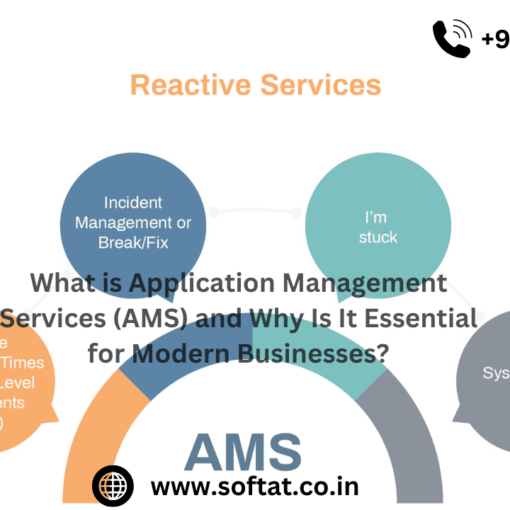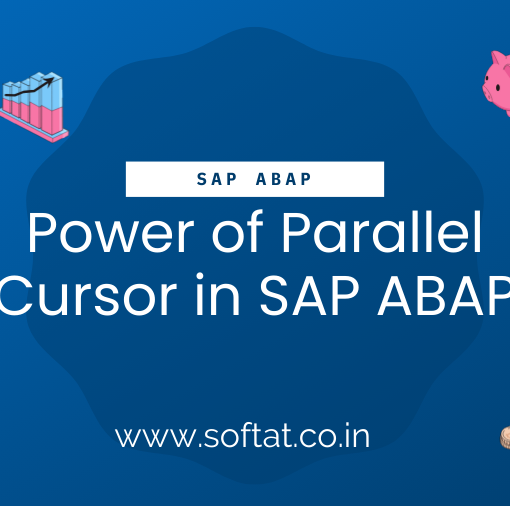
In today’s data-driven world, seamless and efficient access to enterprise information is crucial. SAP OData v4 emerges as a powerful solution, offering a standardized RESTful API for interacting with SAP data. This blog delves deep into SAP OData v4, empowering you to harness its potential for robust data exchange within your SAP landscape.
Understanding SAP OData v4: A Modern Approach to Data Access
SAP OData v4 represents the latest iteration of the Open Data Protocol (OData) – a widely adopted standard for querying and manipulating data over RESTful APIs. Compared to its predecessor, OData v2, version 4 boasts significant enhancements, including:
- Reduced Data Footprint: OData v4 prioritizes data minimization. It utilizes a more efficient JSON format and a powerful filtering mechanism, resulting in smaller payloads and faster data transfer.
- Enhanced Query Capabilities: OData v4 offers a richer query language, enabling developers to construct more complex and precise data retrievals. This translates to cleaner and more efficient code.
- Improved Security: OData v4 reinforces security measures with features like improved authorization and role-based access control.
- Simplified Development: OData v4 streamlines development by introducing annotations for data modeling, reducing manual coding and improving maintainability.
Unveiling the Advantages
By embracing v4, you unlock a plethora of advantages for your SAP applications:
- Boosted Performance: Reduced data payloads and optimized query execution translate to faster data exchange, enhancing application responsiveness.
- Simplified Integration: The standardized RESTful nature of OData v4 simplifies integration with external applications and mobile devices, fostering a more connected ecosystem.
- Elevated Developer Experience: Annotations and a cleaner syntax make development with OData v4 more intuitive and efficient.
- Enhanced Scalability: OData v4’s design facilitates easier scaling to accommodate growing data volumes and user demands.
Exploring Implementation Options for SAP OData v4 Services
SAP offers multiple avenues for implementing OData v4 services:
- SAP Gateway Service Builder (SEGW): This visual tool simplifies OData v4 service creation for basic scenarios.
- ABAP RESTful Application Programming Model (ABAP RAP): This approach leverages ABAP code for greater flexibility and customization in building OData v4 services.
- SAP Cloud Platform (SCP): For cloud-based deployments, SCP provides a robust environment for developing and deploying OData v4 services.
The optimal implementation approach hinges on your specific project requirements and development expertise.
Essential Considerations for a Successful V4 Journey
To embark on a successful v4 journey, consider these crucial aspects:
- Clearly Define Your Needs: Identify the data entities you intend to expose and the desired level of access control.
- Select the Right Implementation Approach: Choose the development method (SEGW, ABAP RAP, or SCP) that best aligns with your project’s complexity and resource availability.
- Prioritize Security: Implement robust security measures to safeguard sensitive data exposed through OData v4 services.
- Leverage Available Resources: Explore SAP’s comprehensive documentation, tutorials, and community forums to enhance your OData v4 development expertise.
Conclusion
SAP OData v4 stands as a transformative technology for interacting with SAP data. Its emphasis on data efficiency, enhanced query capabilities, and streamlined development empowers you to build robust and scalable data access solutions. By understanding the core concepts, implementation options, and crucial considerations, you’re well-equipped to leverage the power of v4 and unlock a new era of data agility within your SAP environment.
YOU MAY BE INTERESTED IN:
OData in SAP ABAP: Streamlining Data Exchange and Integration




